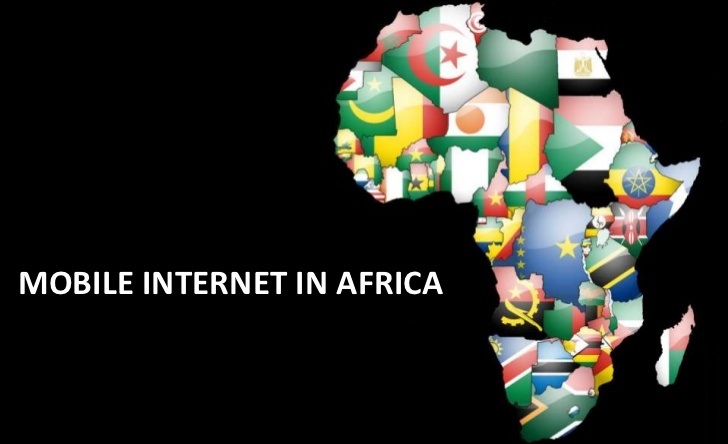

Ericsson, a world leader in communications technology and services, yesterday tabled a report dubbed sub-Saharan Africa Ericsson Mobility Report. The report shows that in 2014, the region’s phone users accessed 76,000 TB (terabyte) of data per month, which is double the 2013 figure of 37,500 TB per month. The report also predicts that in 2015, these figures are likely to double again with mobile phone users accessing 147,000 TB monthly.
The sub-Saharan Africa Ericsson Mobility Report highlighted the following facts and figures about the sub-Saharan Africa mobile data usage:
- Mobile internet use doubling year-on-year, with usage expected to increase 20 times in the next five years.
- By 2017, 3G technology will outstrip 2G to become the region’s dominant form of mobile connection.
- Ericsson predicts 930 million mobile subscriptions in sub-Saharan Africa by the end of 2019, with 557m smartphones and 710m broadband subscriptions.
To view the infographics of this report click here. A big contributor to this rise is the growing use of social media, content-rich apps and video content being accessed from a new range of cheaper smartphones. Particularly users in Kenya, Nigeria and South Africa are increasingly using video TV and media services from their smartphones.
Regional Head of Ericsson sub-Saharan Africa, Fredrik Jejdling said, “sub-Saharan Africa is currently undergoing a mobile digital revolution with consumers, networks and even media companies are wakening up the possibilities of 3G and 4G technology. We have seen the trend emerging over a few years but in the past twelve months the digital traffic has increased over 100% forcing us to revise our existing predictions.”
The report shows that within the next five years, voice calls traffic in sub-Sahara Africa will double while mobile data usage exploding to 20 times between 2013 and 2019; this will be twice the anticipated global expansion rate. The report also predicts that by 2019, 75% of mobile subscriptions will be internet inclusive (3G or 4G).
This prediction comes after the launch of a number of smartphones going for less than $50 USD by a number of major device manufacturers; setting up the stage for rapid expansion for 3G and 4G technology use across the sub-Saharan region. The report also predicts that in the next three years, 3G technology will be the dominant technology across the region.
Jejdling said, “The rise of cheap smartphones will allow vast portions of the population – from middle classes in cities to small businesses in rural areas – access to mobile broadband. M-commerce can offer endless opportunities for entrepreneurs, and we’ve found that farmers are fans of mobile wallets – as well as teenagers wanting to watch music videos on their smartphones.”



